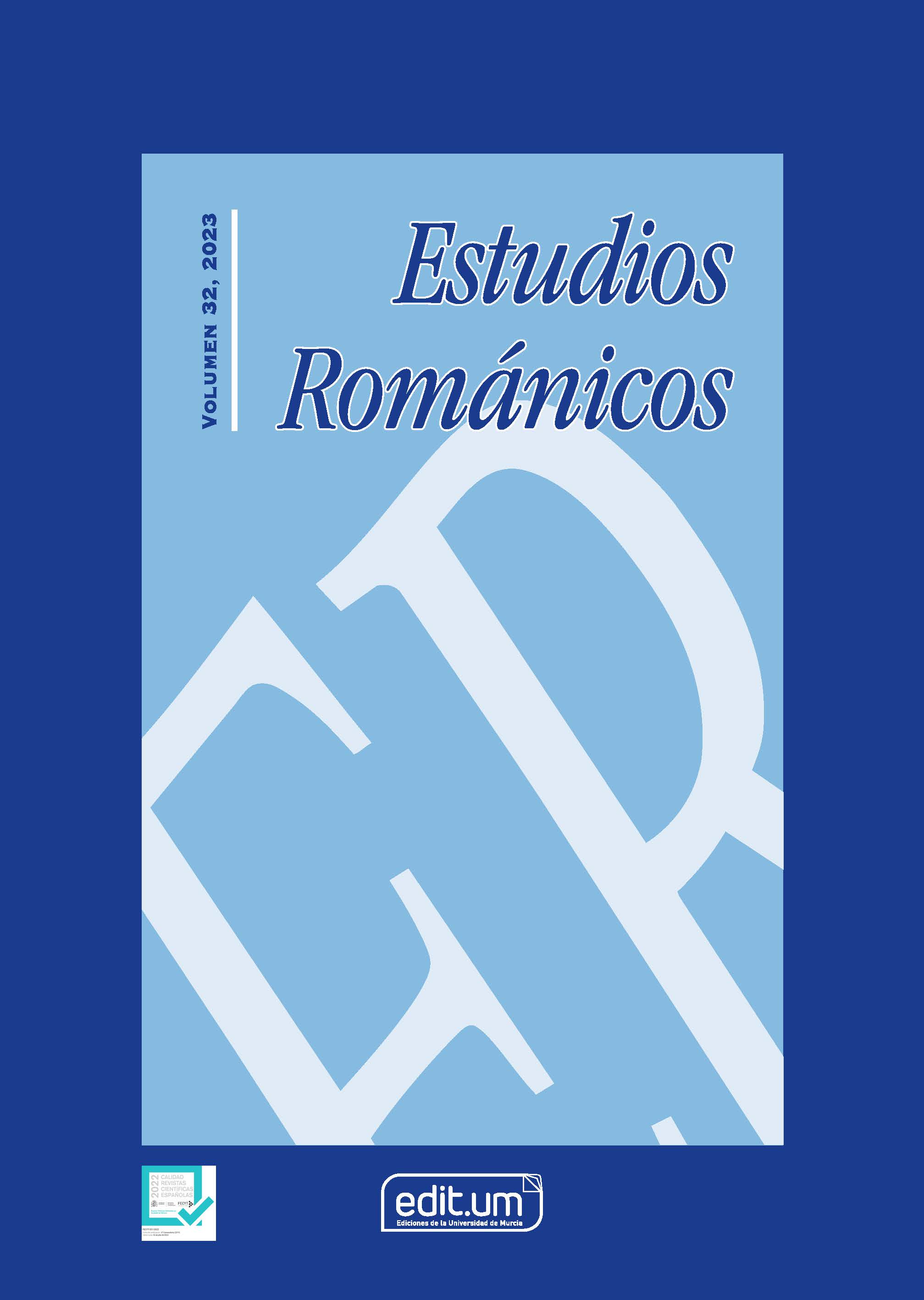The discourse on the Covid19 pandemic in the Italian press
Abstract
For over two years the lives of many people have changed significantly, the way they spend time, work and communicate has undergone major changes. The pandemic situation has also greatly influenced the way we perceive the world, our behavior, choices and priorities. In many languages, including Italian, new words and phrases concerning the context of the coronavirus pandemic have appeared more and more frequent. The purpose of this work is to analyze the way in which reality influences language, particularly the metaphoricity of the covid19-pandemic and its reflection in language. The corpus of analysis will consist of journalistic articles and texts published mostly on the Internet, in portals and online magazines, which report current news on Italy and the world.
Downloads
-
Abstract398
-
pdf 675
References
ARDUINI, Stefano, FABBRI, Roberta (2008): Che cos’è la linguistica cognitiva. Roma: Carocci Editore.
CACCIARI, Cristina (a cura di) (1996): Teoria della metafora. L’acquisizione, la comprensione e l’uso del linguaggio figurato. Milano: Raffaello Cortina Editore.
DAMIANI, Matteo (2016): Manuale di semantica cognitiva. Padova: Webster.
EVANS, Vyvyan (2009): Leksykon językoznawstwa kognitywnego. Kraków: Universitas.
FAUCONNIER, Gill, TURNER, Mark (2002): The Way We Think. New York: Basic Books.
FAUCONNIER, Gill (1999): “Methods and Generalizations”. T. Janssen, G. Redeker (a cura di) Scope and Foundations of Cognitive Linguistics, Cognitive Linguistics Research Series. The Hague: Mouton de Gruyter, 95–128.
GIBBS, Raymond (a cura di) (2008): The Cambridge Handbook of Metaphor and Thought. New York: Cambridge University Press.
JOHNSON, Mark (1987): The Body in the Mind. The Bodily Basis of Meaning, Imagination, and Reason. Chicago and London: The University of Chicago Press.
KÖVECSES, Zoltán (2005): Metaphor in Culture: Universality and Variation. Cambridge: Cambridge University Press.
KÖVECSES, Zoltán (2010): Metaphor. A Practical Introduction. Oxford: Oxford University Press.
KÖVECSES, Zoltán (2015): Where Metaphors Come From. Reconsidering Context in Metaphor. New York: Oxford University Press.
KÖVECSES, Zoltán (2017): “Conceptual metaphor theory.” E. Semino, Z. Demjén (a cura di) Routledge Handbook of Metaphor and Language. London & New York: Routledge.
LAKOFF, George (1987): WOMEN, FIRE, AND DANGEROUS THINGS: What Categories Reveal about Mind. Chicago: Chicago Press.
LAKOFF, George (1993): “The contemporary theory of metaphor”. A. Ortony (a cura di) Metaphor and thought. Cambridge: Cambridge University Press, 202–251.
LAKOFF, George (2011): KOBIETY, OGIEŃ I RZECZY NIEBEZPIECZNE. Co kategorie mówią nam o umyśle. trad.: M. Buchta, A. Kotarba, A. Skucińska, Kraków: Universitas.
LAKOFF, George, JOHNSON, Mark (1980): Metaphors We Live By. Chicago: University of Chicago Press.
LAKOFF, George, JOHNSON, Mark (1998): Metafora e vita quotidiana. trad.: P. Violi, Milano: Bompiani.
LANGACKER, Ronald W. (1987): Foundations of Cognitive Grammar. Theoretical Prerequisites. Vol. 1, Standford: Standford University Press.
LANGACKER, Ronald W. (2008): Cognitive Grammar. A Basic Introduction. Oxford-New York: Oxford University Press.
MICZKA, Ewa (2002): Kognitywne struktury sytuacyjne i informacyjne w interpretacji dyskursu. Katowice: Wydawnictwo Uniwersytetu Śląskiego.
ORTONY, Andrew (a cura di) (1979/1993): Metaphor and Thought. Cambridge University Press, New York.
PALICZUK, Aleksandra (2016): “Paese che vai, usanza che trovi. La concettualizzazione del ‘paese’ in italiano”. Neophilologica, Vol. 28, 220–231.
PASTUCHA-BLIN, Agnieszka (2013): La concettualizzazione del corpo umano nel discorso persuasivo rivolto al pubblico femminile. L’approccio cognitivo. Katowice: Wydawnictwo Uniwersytetu Śląskiego.
PAWELEC, Andrzej (2005): Znaczenie ucieleśnione. Propozycje kręgu Lakoffa. Kraków: Universitas.
ŚWIĄTEK, Jerzy (1998): W świecie powszechnej metafory: Metafora językowa. Kraków: Wydawnictwo PAN.
SZWABE, Joanna (2008): Odbiór komunikatu jako zadanie poznawcze. Poznań: Wydawnictwo UAM.
TABAKOWSKA, Elżbieta (1995): Gramatyka i obrazowanie. Wprowadzenie do językoznawstwa kognitywnego. Kraków: Wydawnictwo PAN.
VEGA MORENO, Rosa E. (2007): Creativity and Convention. The Pragmatics of Everyday Figurative Speech. Amsterdam/Philadelphia: John Benjamins.
WILSON, Deidre, CARSTON, Robyn (2006): “Metaphor, relevance and the ‘emergent property’ issue”. Mind& Language, 21, 404–433.
Copyright (c) 2023 Studi Romanici

This work is licensed under a Creative Commons Attribution-NonCommercial-ShareAlike 4.0 International License.
Las obras que se publican en esta revista están sujetas a los siguientes términos:
1. El Servicio de Publicaciones de la Universidad de Murcia (la editorial) conserva los derechos patrimoniales (copyright) de las obras publicadas, y favorece y permite la reutilización de las mismas bajo la licencia de uso indicada en el punto 2.
2. Las obras se publican en la edición electrónica de la revista bajo una licencia Creative Commons Reconocimiento-NoComercial-SinObraDerivada 3.0 España (texto legal). Se pueden copiar, usar, difundir, transmitir y exponer públicamente, siempre que: i) se cite la autoría y la fuente original de su publicación (revista, editorial y URL de la obra); ii) no se usen para fines comerciales; iii) se mencione la existencia y especificaciones de esta licencia de uso.
3. Condiciones de auto-archivo. Se permite y se anima a los autores a difundir electrónicamente las versiones pre-print (versión antes de ser evaluada) y/o post-print (versión evaluada y aceptada para su publicación) de sus obras antes de su publicación, ya que favorece su circulación y difusión más temprana y con ello un posible aumento en su citación y alcance entre la comunidad académica. Color RoMEO: verde.












